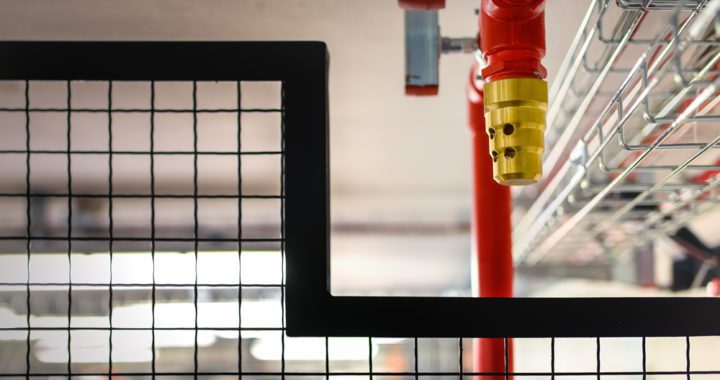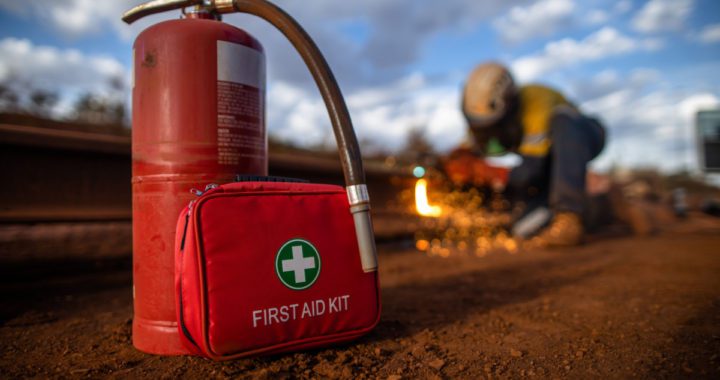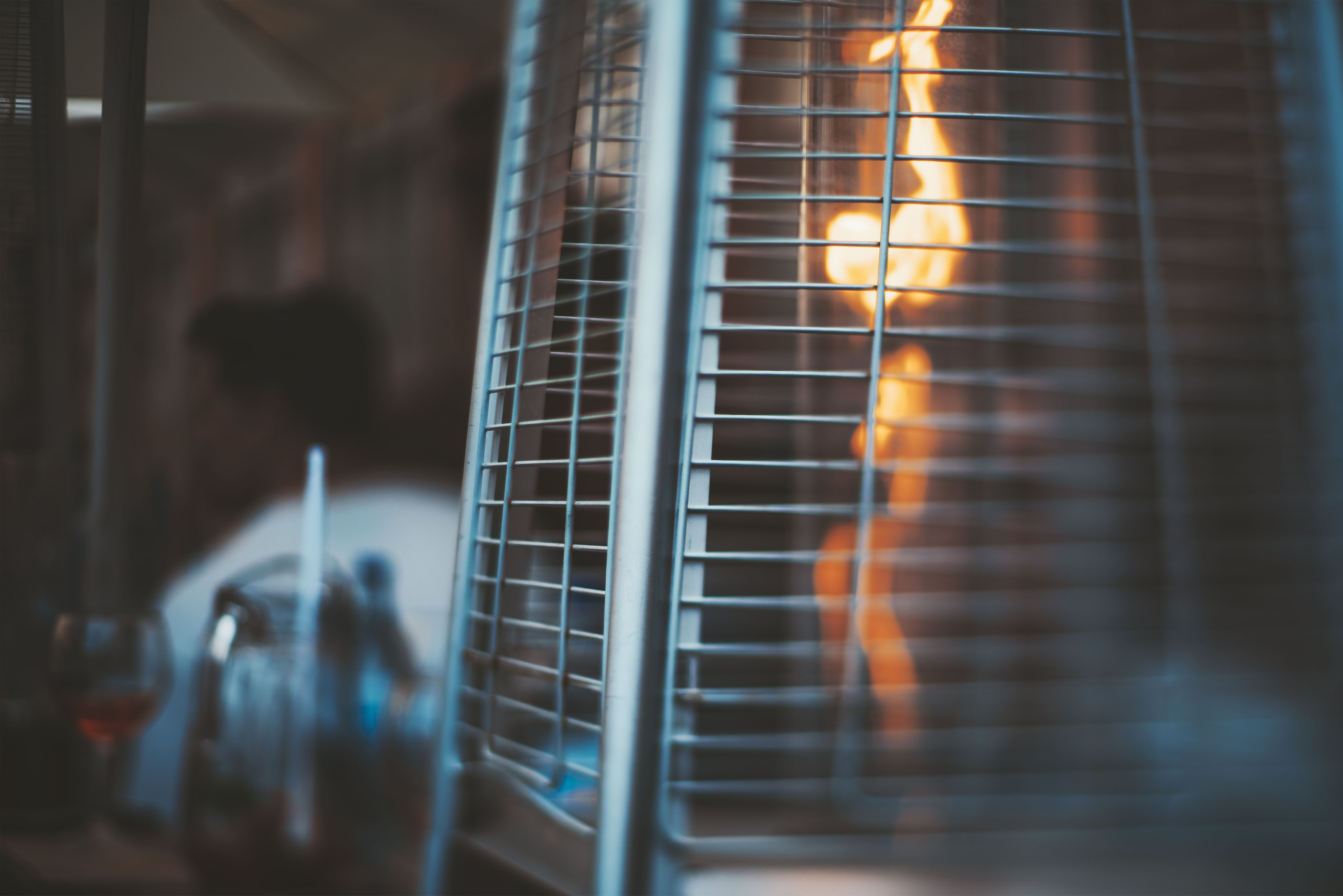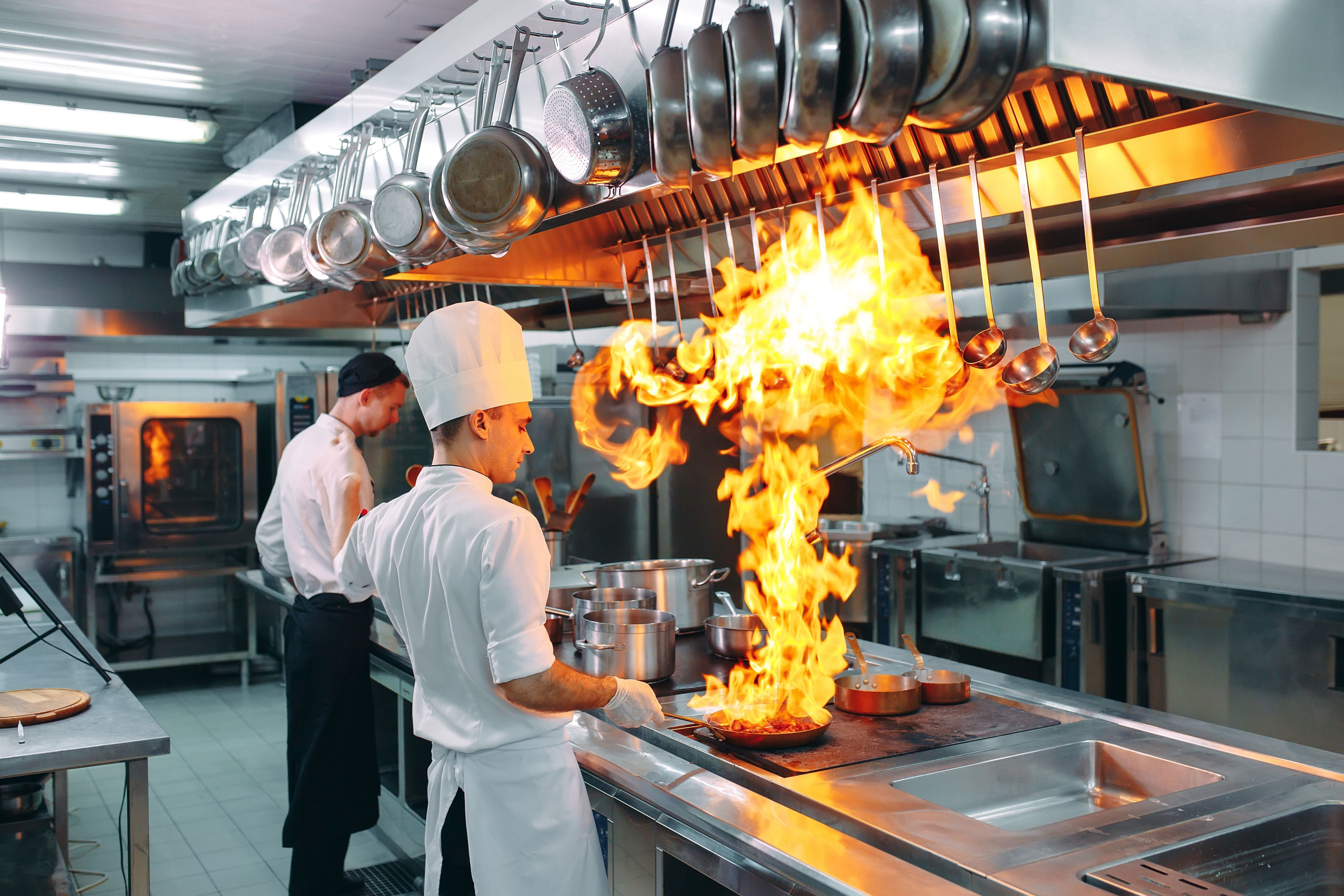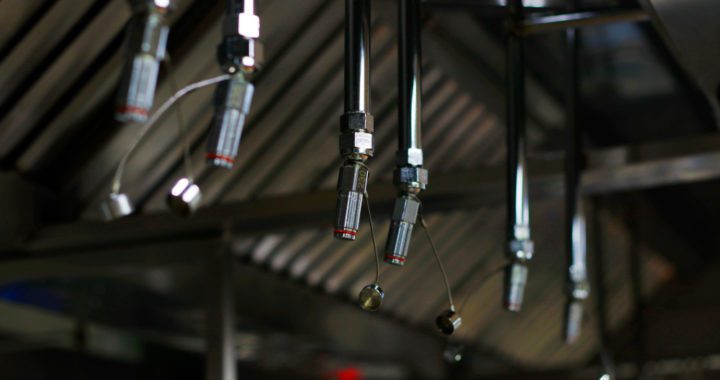A working fire suppression system is essential for the safety of any restaurant. A functional fire suppression system can drastically reduce the risk of property damage and injury during a kitchen fire. However, an outdated or malfunctioning one can put your staff and customers at serious risk.
Unfortunately, like all other equipment, these systems will eventually wear out over time due to regular use and age-related deterioration. Recognizing the signs that a new Ansul fire suppression system in NJ is needed can save you lots of time and stress in the future.
Below are the signs you might notice when investing in a new fire suppression system.
The Current System Is Over a Decade Old
Age is a crucial factor in the safety and reliability of your fire suppression system. While the exact lifespan of a fire suppression system varies, a system should typically be replaced after 10 years of use.
As these systems age, they become more prone to corrosion and wear out from regular use. Additionally, they may no longer meet current safety codes and regulations. As a business owner, you are responsible for ensuring that all aspects of the fire suppression system are up-to-date and working correctly.
Replacing your outdated system with a brand-new Ansul fire suppression system in NJ can help you avoid many problems. Our team can help you choose the right replacement system and will install it correctly.
Rust or Corrosion
The presence of corrosion or rust on the components of a fire suppression system is a major sign that it needs to be replaced. Fire suppression systems are designed to handle extreme temperatures and high-pressure water, which can cause wear and tear over time.
Rust and corrosion can form on various fire suppression system components, including:
- Hoses
- Pipes
- Valves
- Nozzles
- Sprinkler heads
The parts of the system should be inspected regularly to identify any signs of corrosion. If rust or corrosion is found, then it’s essential to invest in a new fire suppression system as soon as possible.
Issues Involving Inadequate Coverage
Inadequate coverage for areas where flammable materials are stored or used to prepare food items can turn a small fire into a massive disaster. Your fire suppression system must have adequate coverage in all kitchen areas. Flammable materials, such as oils and grease, can easily ignite and spread quickly.
Therefore, it’s essential to have your fire suppression system cover every area of the kitchen where these materials are stored or used.
If you find that the system does not cover certain areas of the kitchen, then you should consider investing in a new Ansul fire suppression system in NJ immediately. We will help you choose the correct size suppression system for your commercial kitchen.
Need a New Ansul Fire Suppression System in NJ?
Has your existing suppression system seen better days? If so, it’s time to invest in a new Ansul Fire Suppression system in NJ!

